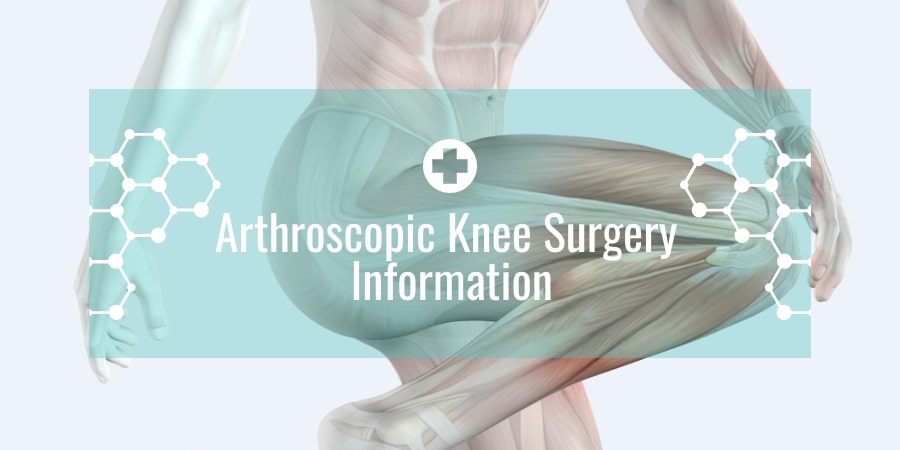The most common kind of arthroscopy is arthroscopic knee surgery. There are other forms of arthroscopic surgeries, such as elbow, wrist, shoulder and ankle arthroscopy. This type of knee surgery is done by utilizing a small camera that will allow the surgeon to remove damaged cartilage through a small incision.
Arthroscopic surgery is a procedure used to look inside the knee joint. Through an incision of about 1 centimeter, a small pencil sized camera is inserted into the joint. Then the surgeon can remove the torn cartilage with the assistance of other small instruments.
Since the incisions are quite small, they are easily closed with one suture on either the outside of the skin or just underneath the skin. A bandage is commonly placed over the site where the arthroscopic knee surgery took place. The bandage needs to stay for a day or two to keep the cut clean and germ free.
There is usually a small amount of pain associated with arthroscopic knee surgery. During the surgery, an anesthesiologist will be assisting the procedure to ensure the patient is comfortable. After the arthroscopic knee surgery is complete, the patient will be given instructions for pain medicine and physical limits for the knee.
For most arthroscopic knee surgery patients, crutches are a comfort option. Once the patient feels steady and secure on their feet, they can set the crutches aside. There are some arthroscopic knee surgery procedures that may require longer use of the crutches. Be sure to check with the attending doctor before discontinuing use of the crutches.
Patients who have a cartilage tear generally return to regular activity after the arthroscopic knee surgery quite quickly. It is not uncommon for these patients to only need a few days or a long weekend off from work.
There are a few different types of anesthesia used for arthroscopic knee surgery. The options are general anesthesia, regional anesthesia and local anesthesia. The general anesthesia allows the patient to sleep through the procedure while the regional anesthesia allows the patient to remain awake.
The regional anesthesia is the most widely used for arthroscopic knee surgery. The last type of anesthesia used for arthroscopic knee surgery is known as a local. It is only an option for a few types of knee arthroscopy. The surgery is done with light sedation and the patient may need a general if the arthroscopic knee surgery becomes uncomfortable.
